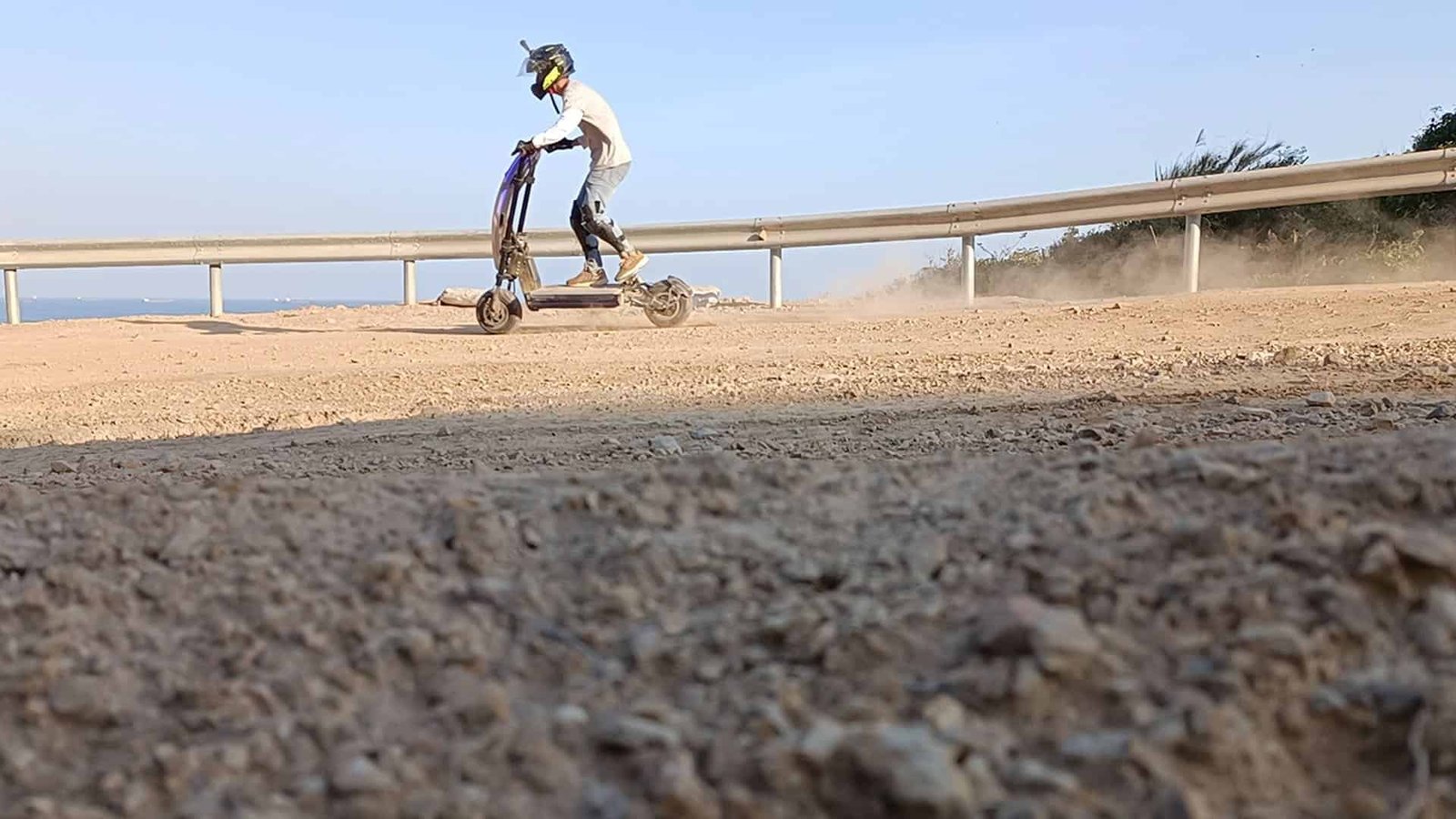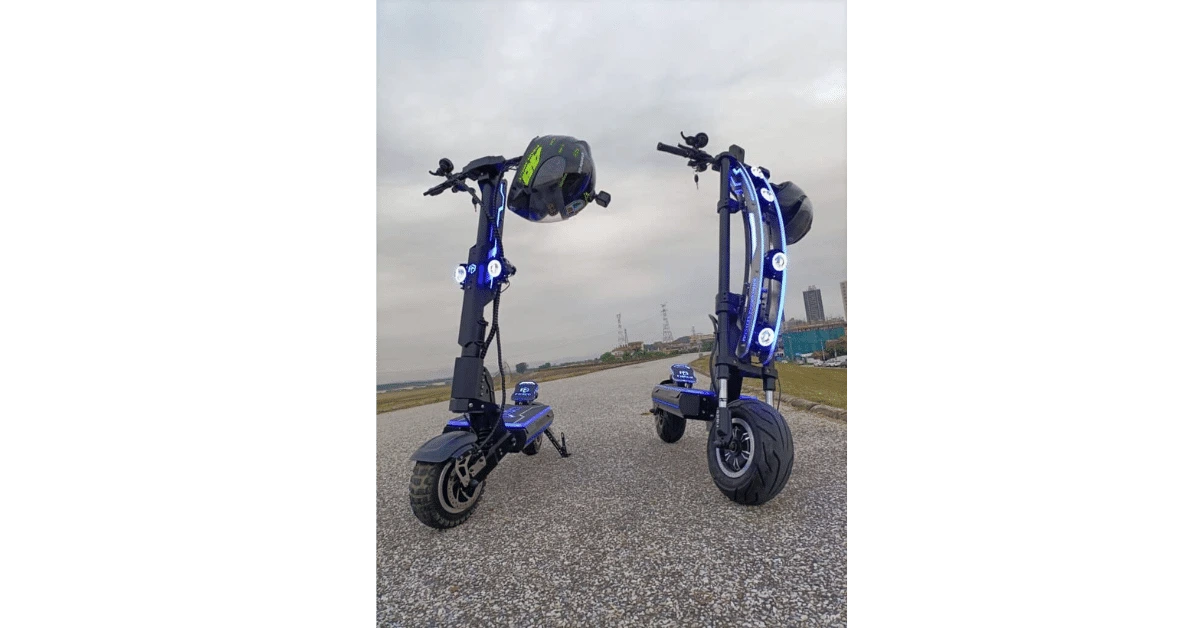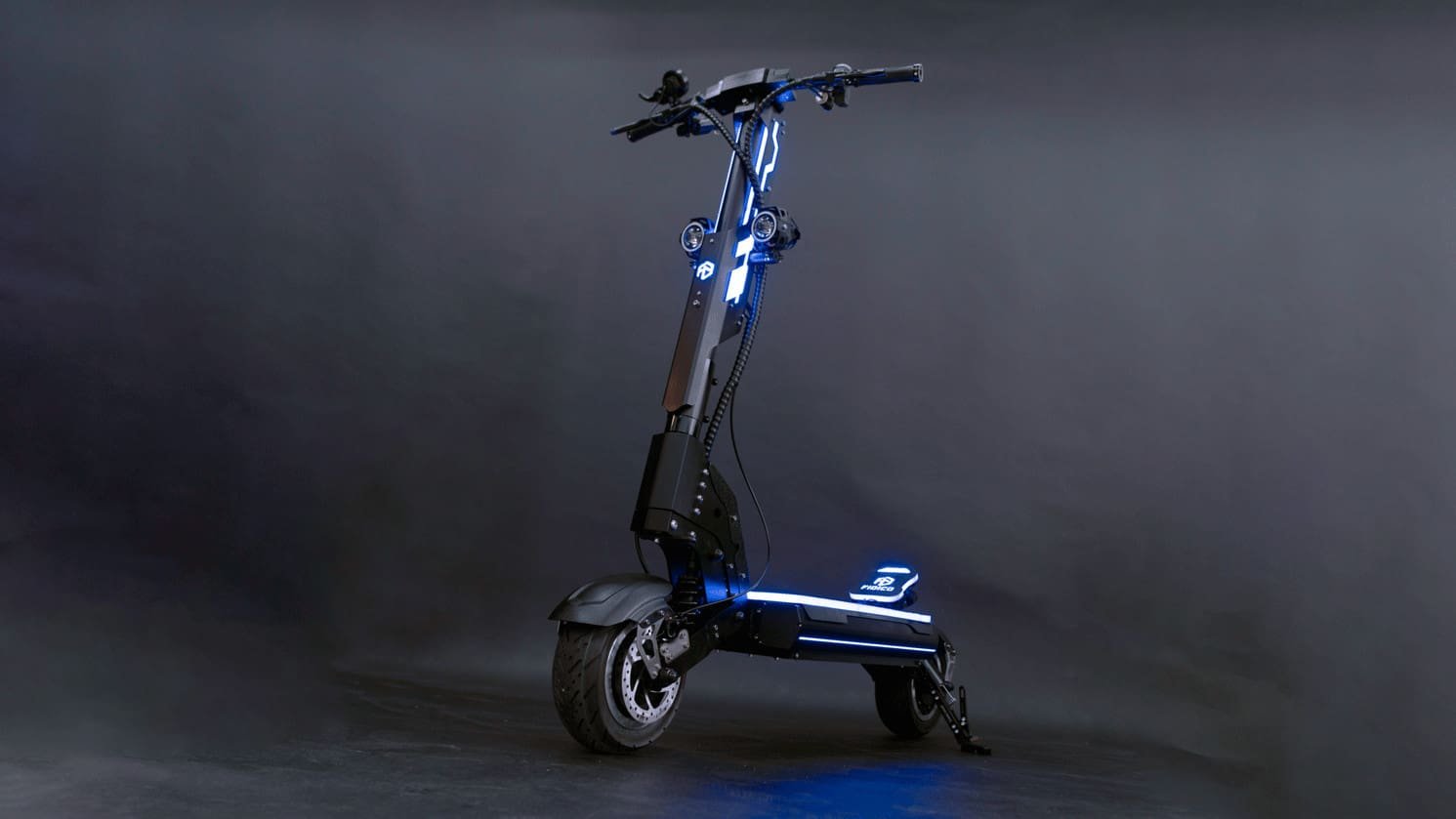Why won't my electric scooter turn on
You’re all set to zoom around town on your trusty electric scooter, feeling the wind in your hair and embracing the freedom of the open sidewalk.
You press the power button, but… nothing happens.
Don’t despair, dear rider!
We’ll embark on a journey together to explore the possible culprits behind your scooter’s rebellion and help you get back on the road to electrified bliss.
6 crucial reasons that causes your electric scooter not to turn on:
- Dead or damaged battery
- Faulty charger
- Loose or disconnected wire
- Defective power switch
- Kill switch on
- BMS issue
Dead or Damaged Battery:
There are several reasons that can lead to a damaged battery in an electric scooter. Understanding the underlying causes and taking appropriate steps to address the issue can help prolong the life of the battery and improve the overall performance of the scooter.
Overcharging:
Leaving the battery connected to the charger for extended periods or charging it beyond its capacity can lead to overcharging. This can cause the battery to overheat, reducing its lifespan and potentially leading to damage.
Solution:
Always follow the manufacturer’s guidelines for charging times, and use a smart charger that automatically stops charging when the battery is full.
Extreme temperatures:
Exposure to extreme hot or cold temperatures can adversely affect the battery’s performance and lifespan. High temperatures can cause the battery to overheat, while low temperatures may result in reduced capacity.
Solution:
Store and charge your scooter in a temperature-controlled environment, avoiding direct sunlight or extremely cold conditions.
Deep discharging:
Regularly draining the battery to extremely low levels can damage its internal components and lead to a reduced lifespan.
Solution:
Avoid fully depleting the battery, and try to recharge it when the charge level reaches around 20%.
Poor-quality charger:
Using a low-quality or incompatible charger can result in insufficient charging or overcharging, leading to battery damage.
Solution:
Always use the charger provided by the manufacturer or a high-quality, compatible alternative.
Mechanical damage:
Physical damage to the battery, such as punctures or impacts, can cause short-circuits and leakage, compromising its performance.
Solution:
Handle your scooter with care and avoid dropping or hitting it against hard surfaces. If you suspect any mechanical damage, have the battery checked and replaced if necessary.
Age and usage:
Over time, batteries lose their capacity and efficiency due to chemical reactions occurring within the cells.
Solution:
Regular maintenance and proper care can prolong the battery’s lifespan, but it will eventually need to be replaced. Plan for battery replacement every few years, depending on usage.
Faulty Charger:
In the realm of electric scooters, the charger is like a noble knight, gallantly providing power to the battery. But alas, not all chargers are created equal. A faulty charger may fail in its mission, leaving your battery without the energy it requires.
To determine if your charger is the cause of your woes, try using another compatible charger or test your charger on another scooter. If the charger is indeed the culprit, you may need to acquire a new one to restore your scooter to its former glory.
Loose or disconnected wire:
A loose or disconnected wire can cause your electric scooter not to turn on, as it interrupts the flow of electrical current required for the scooter to function properly. Electrical connections play a crucial role in transferring power from the battery to the scooter’s various components, such as the motor, controller, and display. When a connection is compromised, it can result in a failure to power up or operate the scooter effectively.
There are several reasons why a wire might become loose or disconnected, including vibrations from daily use, manufacturing defects, or improper maintenance. To solve this issue and restore your electric scooter’s functionality, follow these steps:
- Safety first: Before inspecting your scooter, ensure it is switched off and the battery is disconnected to avoid any electrical hazards or accidental activation.
- Visual inspection: Examine the scooter’s wiring for any visible signs of damage, such as frayed wires, disconnected connectors, or corroded terminals. Focus on areas where wires are more likely to become loose or disconnected, including the battery compartment, motor connections, and the controller.
- Tighten connections: If you spot a loose connector, carefully push it back into place until it clicks or snaps securely. Use a pair of needle-nose pliers or a small flat-head screwdriver if necessary. Be cautious not to apply excessive force, as this can damage the connector or wire.
- Repair or replace damaged components: If you discover damaged or corroded wires, consult your scooter’s user manual or contact the manufacturer for guidance on repairs or replacement parts. In some cases, it may be necessary to replace the entire wiring harness or specific components to ensure a reliable connection.
- Reassemble and test: After addressing any loose or disconnected wires, reconnect the battery and switch on your electric scooter to verify that the issue is resolved. If the scooter still does not turn on, consult a mechanic.
Defective power switch
A defective power switch in an electric scooter can disrupt the riding experience and cause inconvenience. Identifying the reasons behind the defect and implementing appropriate solutions can ensure a smooth and safe ride.
Wear and tear:
Frequent usage of the power switch can lead to wear and tear over time. The internal components may become loose, damaged, or unresponsive, resulting in a faulty switch.
Solution:
Regularly inspect the power switch for signs of wear and tear. If you notice any issues, consult a professional technician for repair or replacement.
Moisture exposure:
Electric scooters are often exposed to various weather conditions, and moisture can seep into the power switch, causing short-circuits or corrosion.
Solution:
Protect your scooter from moisture by using a waterproof cover or storing it in a dry place when not in use. If the switch becomes wet, dry it thoroughly before attempting to operate the scooter.
Dirt and debris:
Accumulated dirt and debris can interfere with the electrical connections within the power switch, causing it to malfunction.
Solution:
Keep your scooter clean by wiping it down regularly, especially around the power switch area. Avoid riding through muddy or excessively dusty conditions that can clog the switch.
Loose connections:
A loose or disconnected wire within the power switch assembly can result in a faulty switch.
Solution:
Inspect the wiring connections around the power switch for any signs of looseness or disconnection. If you are not comfortable working with electrical components, consult a professional technician to examine and fix the issue.
Faulty components:
The power switch may contain defective internal components or have manufacturing defects that lead to malfunction.
Solution:
If you suspect a manufacturing defect or faulty components, contact the scooter’s manufacturer or an authorized service center for repair or replacement under warranty.
Kill switch on
If your electric scooter is not turning on and you suspect that the kill switch might be engaged, follow these steps to fix the issue:
- Locate the kill switch: First, identify the location of the kill switch on your electric scooter. It is typically a small red switch or button near the handlebars or on the control panel.
- Disengage the kill switch: Flip the kill switch to the “off” position, which is usually marked with an “O” or “X.” This will disengage the kill switch and allow the scooter to turn on.
- Turn on the scooter: With the kill switch disengaged, try turning on the electric scooter using the power button or key ignition. The scooter should now power on and be ready for use.
- Check for other issues: If the scooter still doesn’t turn on after disengaging the kill switch, there could be other underlying problems. Check the battery charge, inspect the wiring connections, and look for any signs of damage or wear.
- Consult a professional: If you cannot identify the issue or are unsure how to proceed, consult a professional technician or the scooter’s manufacturer for further assistance.
Remember, the kill switch is designed as a safety feature to prevent the scooter from accidentally starting or running when not in use. Always ensure the kill switch is in the “off” position before attempting to power on your electric scooter.
BMS
A Battery Management System (BMS) issue can prevent your electric scooter from turning on. The BMS is responsible for monitoring and controlling the battery’s performance, ensuring optimal charging, discharging, and overall safety. If you suspect a BMS problem, follow these steps to troubleshoot and resolve the issue:
- Inspect the battery: Check the battery for any visible signs of damage, swelling, or leakage. If you notice any abnormalities, do not attempt to use or charge the battery, and consult a professional technician for replacement.
- Check battery connections: Inspect the wiring connections between the battery and the BMS. Ensure that all connections are clean, secure, and free of corrosion. Loose or corroded connections can lead to BMS issues and prevent the scooter from turning on.
- Perform a hard reset: Disconnect the battery from the scooter and wait for a few minutes. Reconnect the battery, ensuring all connections are secure. This can help reset the BMS and potentially resolve any issues.
- Charge the battery: Ensure that the battery is fully charged before attempting to turn on the scooter. A low or depleted battery can cause the BMS to prevent the scooter from powering on to protect the battery.
- Test with a known good battery: If possible, test the scooter with a known good battery from a similar model or a spare battery. If the scooter powers on with the alternate battery, the issue may lie within the original battery or its BMS.
- Consult a professional: If you are unable to identify or resolve the issue, consult a professional technician or the scooter’s manufacturer for further assistance. They can diagnose the BMS problem and recommend appropriate solutions, such as a firmware update or component replacement.
Final Thought:
And so, dear riders, we’ve journeyed through the electric scooter labyrinth, unraveling the mysteries behind its defiant slumber. Now armed with newfound knowledge, you’re ready to restore your trusty steed to its electrifying glory.
From battery care to dealing with sneaky kill switches and troubleshooting the noble BMS, you’ve mastered the art of scooter revival. Remember, regular maintenance, keen observation, and timely intervention are your keys to unlocking endless e-scooter adventures.
As you zip through the urban jungle, savor the freedom of the open sidewalk, and let the wind whisper tales of your triumphs. With your scooter’s rebellion quelled, it’s time to ride into the sunset and conquer the concrete terrain.
Ride on, intrepid e-scooter warriors, and may the electric current be ever in your favor!








